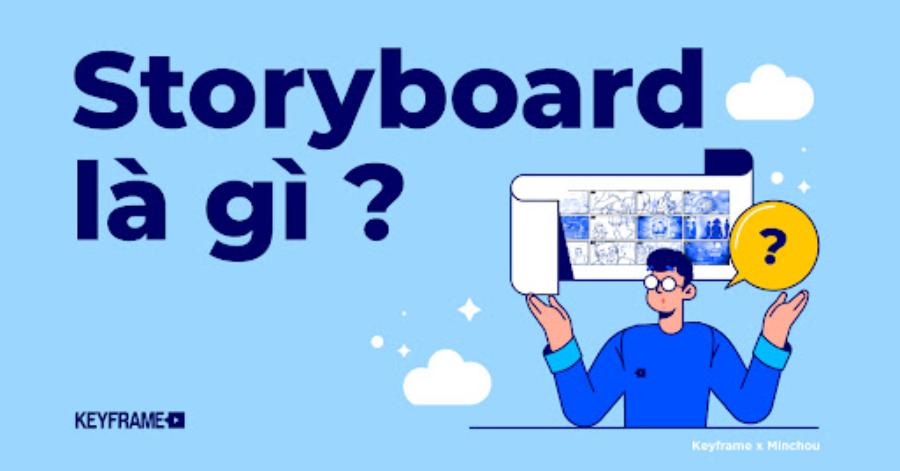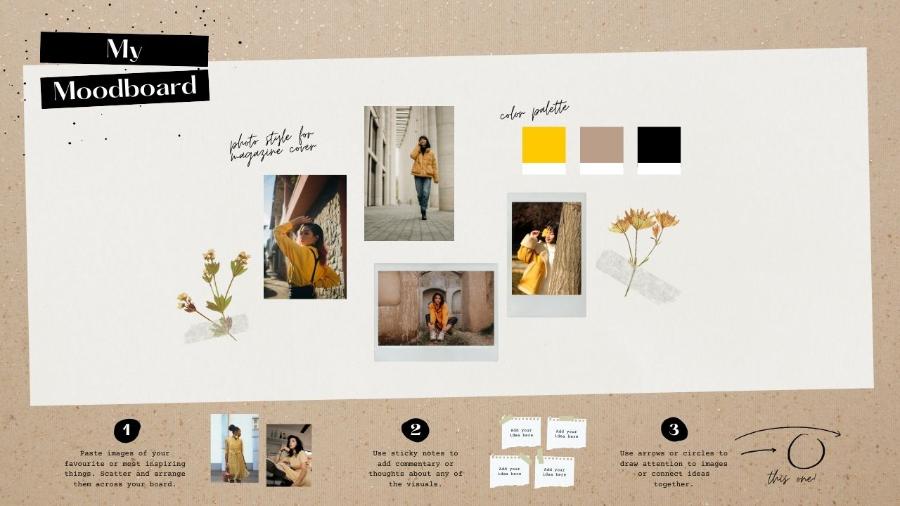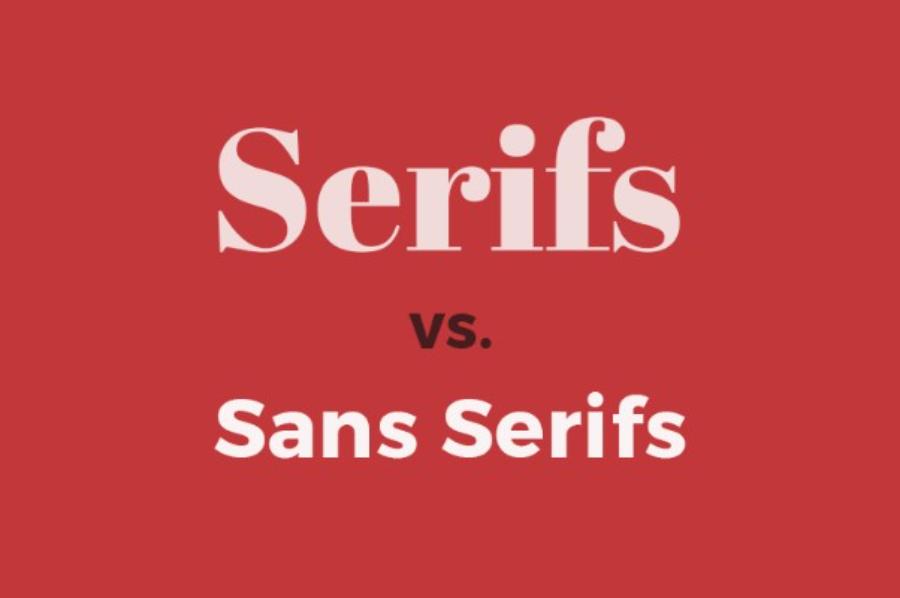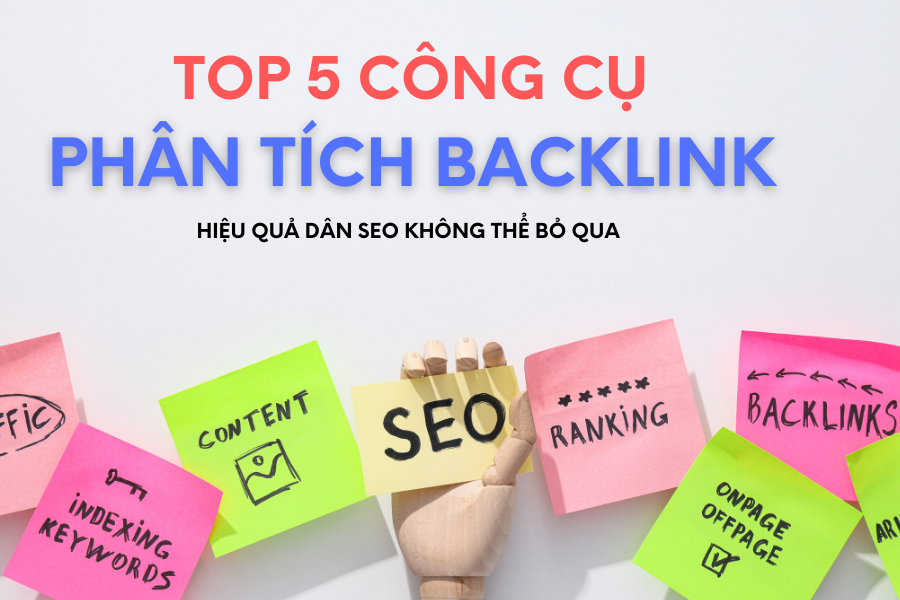Best Selling Products
Discover Storyboard: A Critical Tool for Your Project Success
Nội dung
- 1. Learn what Storyboard is?
- 2. Why do you need storyboards in creative projects?
- 2.1. Planning and defining vision
- 2.2. Save time and money
- 2.3. Improve communication within the group
- 2.4. Easy to edit and test
- 3. Common types of storyboards
- 3.1. Simple drawing storyboard
- 3.2. Digital Storyboard
- 3.3. Text Storyboard
- 4. How to create an effective storyboard
- 4.1. Define goals and scenarios
- 4.2. Break the project into scenes
- 4.3. Draw and annotate details
- 4.4. Review and edit
- 5. Application of storyboard in different fields
- 6. Benefits of storyboard in project management
- 6.1. Provide a clear overview
- 6.2 Enhance team coordination
- 6.3 Identify potential problems
- 6.4 Support communication with stakeholders
- 6.5 Fostering creativity
- 7 Benefits of Using Storyboards in Creative Industries
- 8. Conclusion
Discover the benefits of storyboarding in the ideation, planning and production of video, film and advertising products.

1. Learn what Storyboard is?
A storyboard, also known as a “visual script,” is a visual tool that helps visualize the storytelling process, helping creators visualize how movements, shots, and interactions will work in a particular project. Storyboards are commonly used in fields such as filmmaking, advertising, animation, gaming, and even in building websites and apps.
.jpg)
When you create a storyboard, you draw frames that represent scenes or steps in the story you want to tell. These images don’t have to be elaborate works of art, but are mostly simple diagrams with notes describing actions, camera angles, sounds, and other important elements. Using a storyboard is an important step in ensuring consistency and efficiency in your content creation process.
2. Why do you need storyboards in creative projects?
You need to use storyboard tool in creative projects for the following reasons:
2.1. Planning and defining vision
Storyboards help you organize your ideas in a clear and coherent way. When working on creative projects, there are many factors that need to be closely coordinated, such as time, space, and how to convey the message. Storyboards are an effective tool to help you shape the entire vision before you start working, minimizing sudden changes during the production process.
2.2. Save time and money
Having a detailed storyboard gives your entire production team a common vision for the project, which helps them prepare for the next steps like filming, editing, or graphic design. This not only saves time, but also reduces errors and last-minute changes, which in turn saves on production costs.
2.3. Improve communication within the group
Storyboards act as a powerful communication tool within a creative team. Every member of the team, from the director, screenwriter, cinematographer, to designers, can better understand each other’s ideas. Using storyboards helps ensure that all elements of a project are on track and achieving a common goal.
2.4. Easy to edit and test
One of the great things about storyboards is that you can experiment with different ideas with little effort. Changing scenes or adding or removing elements from a storyboard is quick and easy. If you have a new idea, you can simply change one frame without having to go back to the beginning like you would in the real world.
.jpg)
3. Common types of storyboards
A storyboard typically consists of frames or squares, each representing a step in a process or part of a story. The frames are accompanied by brief captions or descriptions to clarify the content. This makes it easy for people to grasp the content and orient their work in a specific way.
3.1. Simple drawing storyboard
This is the most common type of storyboard, especially in the film and advertising industries. Each frame represents a scene or step in the story, with simple drawings and detailed notes about the action, camera angles, character expressions, sound, and lighting. This type of storyboard is easy to create and is often used when a project is in the drafting stage.
3.2. Digital Storyboard
With the advancement of technology, digital storyboards have become a useful tool, especially in industries like animation and gaming. Software like Storyboard Pro, Toon Boom, or Photoshop allow you to create storyboards quickly and accurately, and even add motion and sound. Digital storyboards save time and are easy to share and edit among team members.
3.3. Text Storyboard
In some cases, storyboards do not need to use drawings, but instead may include detailed descriptions of each scene in text. This type of storyboard is often used in projects that require detailed content or in situations where creating images is not necessary. These descriptions may include details about scenery, action, lighting, and dialogue.
4. How to create an effective storyboard
.jpg)
4.1. Define goals and scenarios
Before you start drawing a storyboard, you need to clearly define the goal of the project and write a detailed scenario. What is the goal? What message do you want to convey? The scenario will be the foundation for you to develop the frames in the storyboard.
4.2. Break the project into scenes
Next, break your project down into manageable scenes or steps. Each scene will correspond to a frame in the storyboard. Make sure each scene has key elements like action, emotion, and environment.
4.3. Draw and annotate details
Once you have a clear idea of the scenes, the next step is to draw images or rough sketches for each scene. The drawings don’t need to be detailed, just simple enough for you and your team to understand the content. Then, add detailed notes about camera movements, character actions, sound, lighting, and other necessary elements.
4.4. Review and edit
Once your storyboard is complete, review it and make any necessary changes. It’s important to review your storyboard to ensure that the shots flow smoothly and flow logically. You may want to have someone else look at it to make sure your ideas are clearly communicated.
5. Application of storyboard in different fields
- Marketing and communications: Storyboards are used to outline advertising campaigns, product launch videos, or social media content plans.
- Education and training: In this field, storyboards help design online courses, lectures or instructional materials.
- Product development: Product development teams use storyboards to illustrate the process of designing, manufacturing, and launching new products.
- Information technology: In software or application development, storyboards help simulate user interface (UI) and user experience (UX).
6. Benefits of storyboard in project management
.jpg)
6.1. Provide a clear overview
Storyboards help teams visualize an entire process or project from start to finish. Instead of having to explain it in words or lengthy text, a visual storyboard makes it easy to convey information quickly and effectively.
6.2 Enhance team coordination
During team work, misunderstandings or lack of information between members can lead to errors and slow down the project progress. Storyboards act as a common "map" that helps all members agree on the goals and implementation methods.
6.3 Identify potential problems
When you create a storyboard, you can easily spot any potential holes or risks in your plan. This allows you to make timely adjustments before the actual implementation, saving time and resources.
6.4 Support communication with stakeholders
For clients or stakeholders, storyboards are a visual illustration tool that helps them better understand the project ideas and progress. This not only increases trust but also reduces the risk of misunderstandings.
6.5 Fostering creativity
Storyboards are not only a planning tool, but also a place for teams to express creative ideas. When people can see the big picture, they can easily suggest improvements or add new ideas.
7 Benefits of Using Storyboards in Creative Industries
.jpg)
In film production
In the film industry, storyboards play a vital role in planning out each shot. A clear storyboard helps the director and cinematographer easily visualize how the set will be arranged, the camera angles, and the lighting. This helps the filming process run smoothly, reduces last-minute changes, and saves time.
In advertising
For advertising campaigns, storyboards help advertisers and creative teams easily convey messages to target customers. Storyboards help visualize scenes and other elements, helping advertisers test their ideas before making actual ads.
In game design and animation
Storyboards are also important in game or animation development, helping developers define scenarios, plots, and character designs. Storyboarding makes the design process easier and ensures consistency throughout the product.
Buy Cheap Licensed Software
8. Conclusion
Storyboards are not only an important tool in film or advertising production, but also an indispensable part of the creative process of any project. They help creatives shape ideas, save time and money, and improve communication within the team. Whether you are a filmmaker, an advertiser, or a creative in any industry, using storyboards will help you realize big ideas effectively and accurately.












































